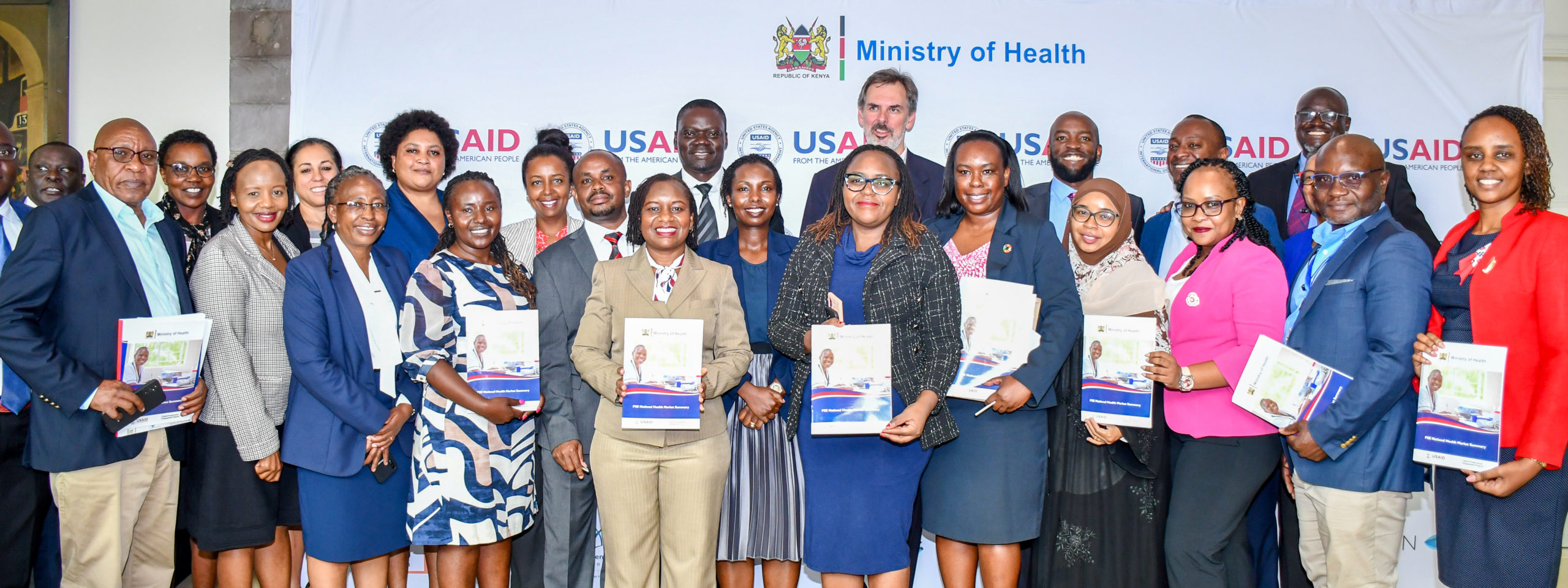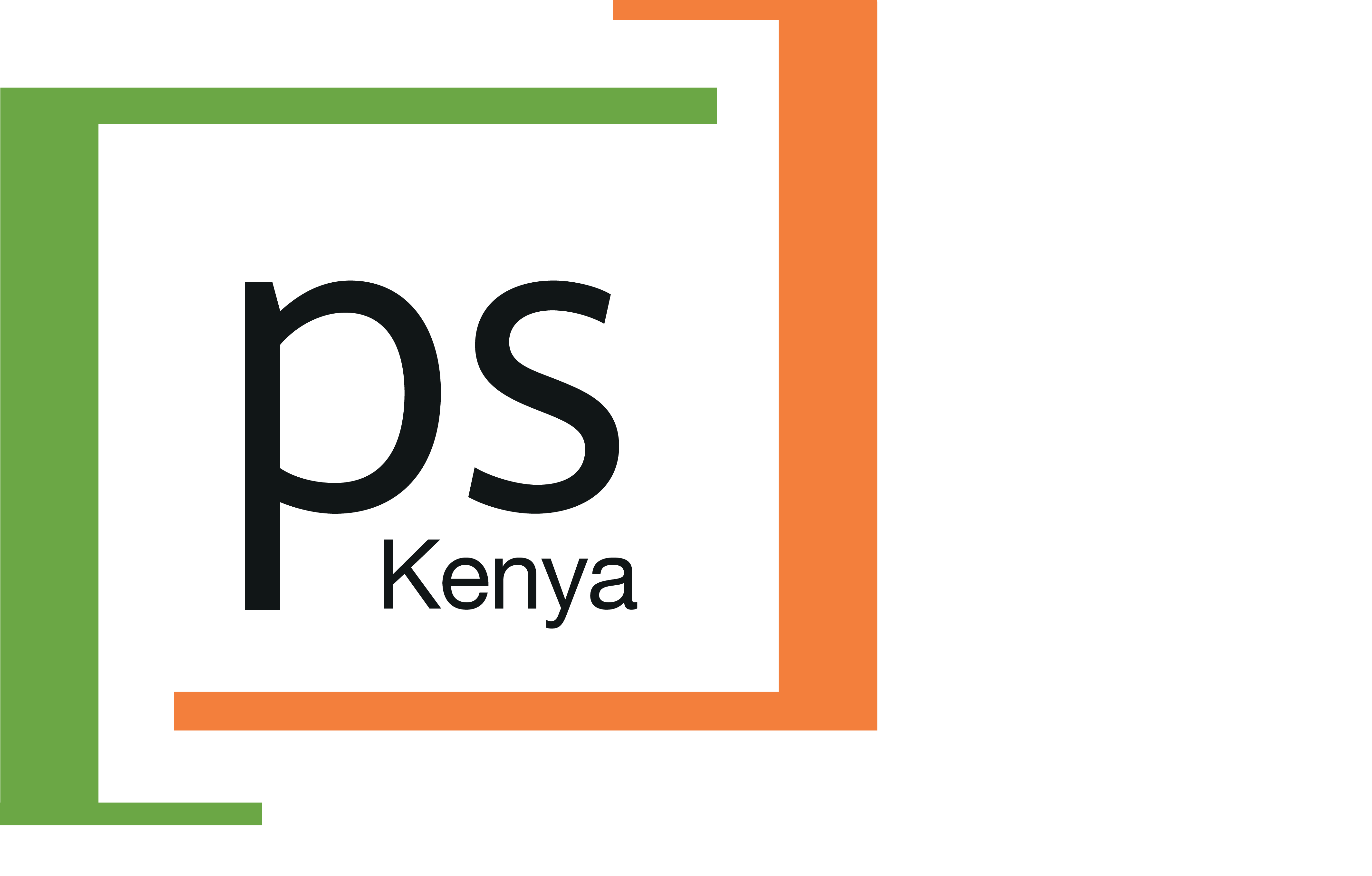Nairobi, Kenya — A new report, The State of Kenya’s Health Market 2024, was launched on
September 19, 2024, highlighting critical findings that could reshape the country’s healthcare
landscape. The Ministry of Health in collaboration with the USAID Private Sector Engagement (PSE)
Program conducted the market assessment that provides a snapshot of Kenya’s health system. It highlights critical market gaps and their underlying causes, explores challenges and opportunities within the healthcare system, and offers recommendations to enhance market performance and improve access to quality healthcare services, products, and technologies.

The assessment, carried out using the Shaping Equitable Market Access (SEMA) framework, evaluated the
public and private health sectors across six priority counties—Nairobi, Kisumu, Uasin Gishu, Homabay,
Nakuru, and Mombasa—and identified key opportunities to improve market efficiency, service delivery,
and patient outcomes.
Critical Findings:
· Fragmented Coordination: Kenya’s healthcare market is a vibrant mix of public, non-profit, and for-profit
institutions. Despite a national management framework, county-level coordination mechanisms remain
fragmented, leading to inconsistent service delivery. Strengthening governance and aligning efforts
between counties and the national government is essential to improving healthcare outcomes.
· Limited Data Sharing Between Public and Private Sectors: Lack of data sharing between the public and
private sectors negatively affects healthcare planning and decision-making. Market data in the private
sector remains largely inaccessible to public and private institutions, creating an information void that
prevents effective healthcare solutions.
· Financial Constraints and Supply Chain Challenges: Despite allocating about 11% of its budget to health,
Kenya’s healthcare system is still highly dependent on donor funding to support its development budget.
Moreover, supply chain issues further strain the ability to deliver consistent, affordable healthcare.
Successful implementation of Social Health insurance (SHI) will improve insurance coverage and improve
access to healthcare for Kenyans.
· Underutilized Local Manufacturing Capacity: Kenya’s move towards mandatory SHI presents a unique
opportunity to expand local manufacturing due to the expected increase in demand for health services
and products. However, underutilized production capacity and the lack of price control policies threaten
the country’s ability to provide affordable, locally-produced medicines.
· Private Sector Quality: While private sector players are often perceived to deliver higher quality care,
smaller private players face operational hurdles due to high costs and low revenues. Implementation of a
unified policy on quality like Kenya Quality Model for Health is needed to ensure equitable healthcare
across all private providers.
· Inconsistent Demand Data and Sociodemographic Factors: Nationwide data on healthcare demand is
limited, with information often available only for vertical health programs. Sociodemographic factors and
limited insurance coverage (currently at just 26% with the majority in the informal sector being dormant
members) hinder access to care for many Kenyans. There is a need for more comprehensive data and
policies to address gaps in service, products, and technology utilization.
The report highlights the challenges facing Kenya’s healthcare market and offers targeted
recommendations to foster a sustainable and equitable health ecosystem. It calls for strengthened
governance and enhanced coordination between public and private health sector players as key priorities
A standout recommendation emphasizes that health sector engagement must go beyond dialogue and
move towards comprehensive coordination across the health market. Kenya’s current governance systems
focus primarily on managing public health services, but the report advocates for a shift to overseeing
broader health market dynamics. This integrated approach ensures alignment between public and private
sector contributions, resulting in improved oversight, better decision-making, and sustained growth in
Kenya’s health sector.
Released at a pivotal time as Kenya works toward Universal Health Coverage (UHC), the report’s findings
offer the potential to drive significant reforms. Media outlets play a crucial role in ensuring these issues
reach a wider audience, shaping the future of healthcare in the country.



